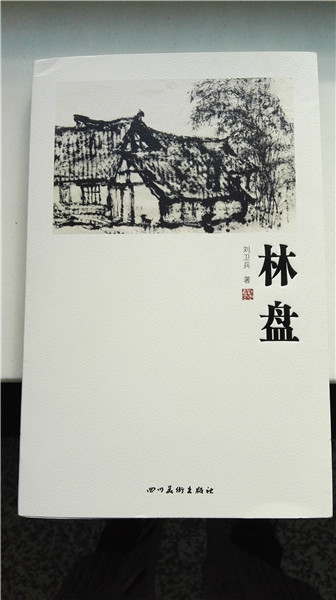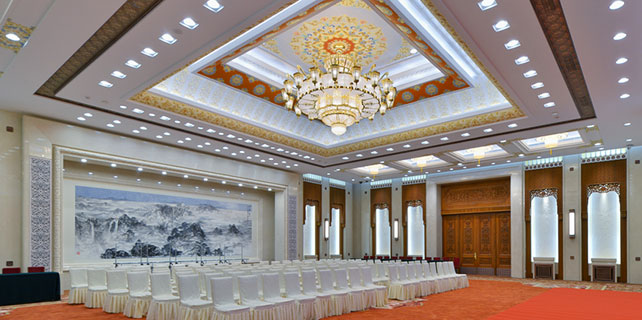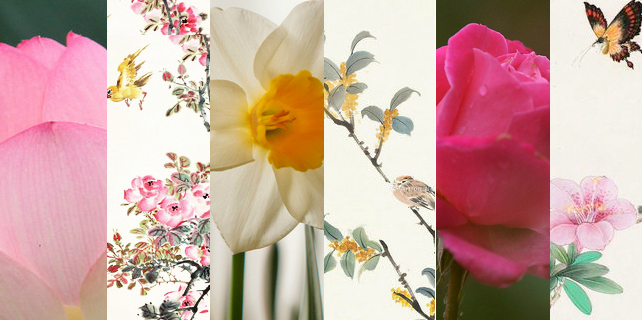Architect uses book to revive Sichuan lifestyle
 |
|
The book Linpan features a lot of photos and illustrations done by Liu Weibing. [Photo provided to China Daily] |
Recounting those days, Xu, who was then a young nurse in the Chengdu-based West China Women's and Children's Hospital, says: "We became acquainted in 1991 and he visited my hometown the next year to see my parents."
Sichuan is well-known for its love of mahjong, but Liu was not drawn to it and instead the civil engineering major from Southwest Jiaotong University, then based at the foot of Mount Emei in Sichuan, fell in love with Guanying, its farm houses and Linpan.
"I was born in Chongqing, but I used to live with my grandmother in the countryside," Liu says.
Then, whenever he was in Guanying, he would walk through the town, which now has some 36,000 people, taking photos or drawing pictures.
"Whenever I drew pictures, Xu's little niece would follow me carrying ink and paper. It was a scene familiar to many residents of the town," says Liu.
In the town, Liu took photos and did illustrations of old tea houses, people who played traditional Chinese musical instruments, caged birds and grindstones operated by hand to make tofu.
"They represent the slow pace of life there. But thanks to rapid urbanization the lifestyle is vanishing quickly," says Liu.
When Liu took a picture of an old man in Guanying in August 2015, the man in his old shop was all smiles and said: "You are welcome to film me. You will not see me and the shop soon."
His words upset Liu, for the buildings in the town were to be demolished to make way for a college.
Meanwhile, Liu set up a design firm in Manhattan, in New York, in 2014.
Since then, he has visited Guanying and Linpan many times.
"When I see a cluster of buildings made of steel and cement and the maddening crowd in Manhattan, I miss the slow tempo of Linpan life, especially my grandmother's house.
"My trips to the United States prompted the publication of the book because I felt the Linpan lifestyle was fading away," says Liu.
Liu has been an architect for 28 years.
In 2012, his design for the reconstruction of two mountainous villages in Dujiang-yan damaged in Sichuan's Wenchuan earthquake in 2008 won the Global Human Settlements Planning and Design Award at the Global Forum on Human Settlements held in Rio De Janeiro, Brazil, because of the incorporation of Linpan in his design.
Zhuang Yuguang, an 81-year-old expert in ancient buildings, felt he was taking a trip back in time after reading Linpan, which was recently published by the Sichuan Fine Arts Publishing House.
"I lived in Linpan as a child and I miss the good old days," he says.
Referring to farmers' living conditions in Sichuan province, the book says Linpan has remained unchanged for nearly 4,700 years.
Typically, Linpan consists of a house with a backyard bamboo forest, which is situated near a river or a stream.
The author of the book is Liu Weibing, a 50-year-old architect and painter from Chengdu.
All the photos and illustrations were done by Liu from 1992 to 2015.
Many of the scenes in the book focus on Guanying town in Leshan where his wife, Xu Qunfeng, was born and raised.
Speaking about her husband's work, Xu says: "The book started with our romance."
Recounting those days, Xu, who was then a young nurse in the Chengdu-based West China Women's and Children's Hospital, says: "We became acquainted in 1991 and he visited my hometown the next year to see my parents."
Sichuan is well-known for its love of mahjong, but Liu was not drawn to it and instead the civil engineering major from Southwest Jiaotong University, then based at the foot of Mount Emei in Sichuan, fell in love with Guanying, its farm houses and Linpan.
"I was born in Chongqing, but I used to live with my grandmother in the countryside," Liu says.
Then, whenever he was in Guanying, he would walk through the town, which now has some 36,000 people, taking photos or drawing pictures.
















